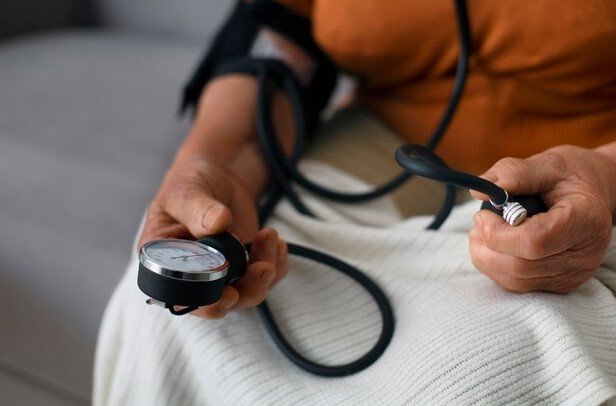How Exercise Can Impact Your Blood Pressure

How Exercise Can Impact Your Blood Pressure One of the most effective methods to lower your blood pressure is to incorporate regular exercise into your daily routine. Nearly half of American adults have high blood pressure, according to The American Heart Association. When left untreated, the damage that high blood pressure does to your circulatory […]
